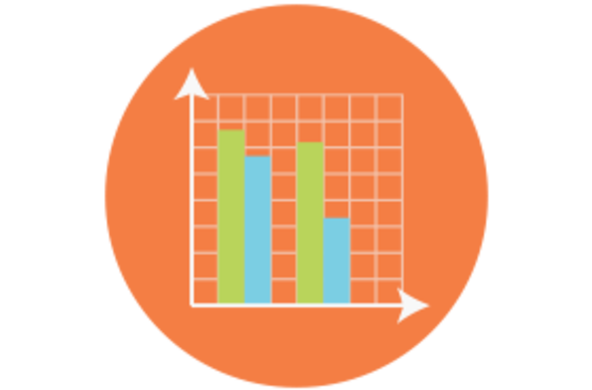Error message
The answer you entered for the CAPTCHA was not correct.Use the filter to limit your results.
Objectives
Students will be able to explain phenology, and explore how the phenology of mayflies in local stream changes over time
Overview
- Students will learn about phenology through discussions and examples.
- Students will use data from past years to make predictions about the current year’s phenology of mayflies.
- Students will think about the environmental variables that affect the phenology and how these environmental variables might change as our climate changes.
- Students will describe how these changes might be linked to the other organisms in both the aquatic and terrestrial ecosystem.
Materials
- Phenology Powerpoint
- Mayfly graph interpretation worksheet (in Resource section below)
Procedure
Engage:
- Why is timing of events in nature important? During a PowerPoint presentation students will brainstorm examples of interesting events in nature that happen around the same time each year. Examples might include sap flow in trees for maple sugaring, trees leafing out, flowers blooming, mammals coming out of hibernation.
- Throughout the PowerPoint presentation discussions should focus on:
- examples of life cycles
- the definition of phenology
- student examples of phenology they might want to track
- how tracking life cycle events can clue us into changes in environmental conditions.
- the phenology of stream organisms and their interactions with each other.
- how synchronization between organisms’ phenology can be important
Explore:
- Working in groups students will be given graphs of data collected at the Cary Institute from 2013 and 2014. These graphs show the total number of macroinvertebrates sampled between April and June of each year.
- Students will work together to answer the question on the worksheet “What’s going on with Mayflies?” This worksheet will help students interpret the two graphs. Including noticing the sample size differences, differences in methods and differences in amount of mayflies each year. It will also emphasize similarities.
- Students will be asked to predict what a changes they might see in mayfly population if the climate continues to get warmer
Explain:
- Many birds rely on insects that emerge from aquatic environments, particularly those insectivores that are migrating to the northeastern after overwintering in the south. Insects provide an important source of protein to these birds and their young.
- While it is difficult to use data from only a couple of year to make predictions – long term data is very valuable for finding changes in phenology. For example bird data from Dutchess county has shown that the first sightings of the American woodcock has gotten significantly earlier.
- Changes in the phenology of certain organisms may disrupt time-sensitive relationships between organisms (such as birds and the insects they feed on). For example, in some areas, the timing of insect emergence from streams has already been shown to occur earlier in the year due to climate change. In the past, bird populations’ arrival and breeding time coincided with emergence and great food abundance. If the timing of emergence changes, birds may arrive at a site too late or too early to take advantage of a protein rich food source during their breeding period.
Extend:
Hand out squares of paper and ask the students to draw and interaction web (like a food web, but includes abiotic and biotic factors), of the stream ecosystem and the surrounding habitat. Reminds students to label their diagram and use arrow to make connections. When students are done show the interaction web diagram in the Phenology Powerpoint (Baxter et al 2005) and have them compare what they did to what he is studying.
Standards
Benchmarks for Science Literacy
5A Diversity of Life, 5D Interdependence of Life, 5E Flow of Matter and Energy, 9B Symbolic Representation, 9D Uncertainty, 9E Reasoning, 12D Communication Skills, 12E Critical-Response SkillsNYS Standards
MST 1 - Mathematical analysis, scientific inquiry, and engineering design, MST 4- Physical setting, living environment and nature of science, MST 6- Interconnectedness of mathematics, science, and technology (modeling, systems, scale, change, equilibrium, optimization), MST 7- Problem solving using mathematics, science, and technology (working effectively, process and analyze information, presenting results)Credits
Developed and written by Jen Rubbo and Andrea Caruso
Powerpoint resource citation: Baxter et al 2005. Tangled Webs: reciprocal flows of invertebrate prey link streams and riparian zones. Freshwater Biology 50, 201-220.



